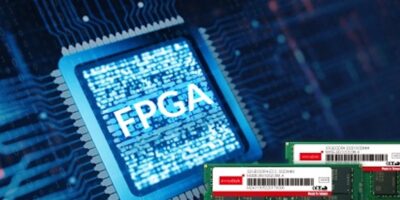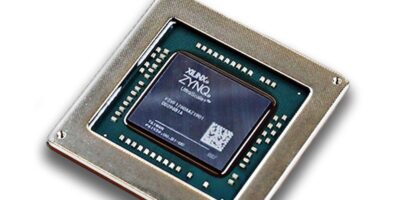Innodisk claims that its industrial-grade DRAM modules are the first available in the industry. The rugged modules are for FPGAs and provide wide temperature support for artificial intelligence and IoT applications.
FPGAs can be used for inference in embedded, edge computing, AI, and IoT applications. Customisable FPGAs offer greater performance with lower power consumption than general purpose graphics processing units (GPUs) and are more flexible for adjustment in the field than ASICs, explains Innodisk.
“We expect this to be a game-changer that can roll with the tide of AI,” said Samson Chang, global DRAM vice president of Innodisk. “Industrial-grade DRAM is key to the integration of FPGAs in applications like AI and [industrial IoT] IIoT,” he added.
The $5.9 billion FPGA market is expected to see a 7.6 per cent average annual growth rate over the next five years, fuelled primarily by increased AI and IoT adoption, Innodisk reports.
Chang said the Innodisk‘s DRAM modules provide “large capacity, low-latency memory access for FPGAs”. The industrial-grade DRAM modules for FPGAs include single or dual rank formats for high capacity applications. The DRAM modules has a -40 to +85 degrees C temperature tolerance, to surpass JEDEC standards. They also feature anti-sulphuration to guard silver alloys against sulphur corrosion and HumiSeal conformal coating to protect from dust, dirt, and corrosion. They also have side fill technology to bolster chip-to-PCB solder joints.
Innodisk provides flash memory, DRAM modules, and embedded peripheral products for industrial and enterprise applications.







